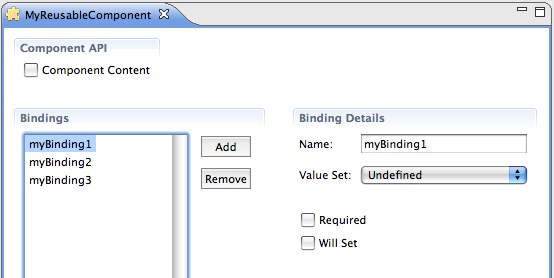Google caching my brain, please disregard.
When using overflow:hidden to clear floats, IE 6 may need you to give the element a width or height (often 100% works fine).
I am slowly creeping towards the completion of the third WebObjects screencast. In preparation, I’ve created a tweaked version of the Apple Movies database tuned for MySQL and Wonder. You can grab the db dump and EO Model here. The model uses the MySQL protopypes from Project Wonder and the db dump matches it.
The news that WWDC has sold out is causing some consternation in the Apple Dev community. The unexpected news (due to the rising popularity of the platform and the introduction of the new iPhone track at WWDC?) has caught a number of developers off guard. Accustom in past years of being able to register right up to the last minute, many are now scrambling to find tickets.
I’ve read several posts to various dev lists in the past hour containing plaintive pleas for anyone offering WWDC tickets to sell.
WebObjects WOComponents are comprised of two files and a bundle. For example a WOComponent named “MyComponent” would have a bundle called MyComponent.wo, a Java file called MyComponent.java, and an API file called MyComponent.api.
Usually the majority of your time is spent editing the content of the .wo bundle and adding logic to the .java file. But when you create a reusable WOComponent it is also important to specify it’s bindings requirements so that the WOLips Component Editor (or WOBuilder if you are so inclined) knows what bindings the component accepts. This is the job of the API file.
If you were to create a component named “MyReusableComponent” and in the API tab of the WOLips Component editor you added three bindings the editor window would look something like this:

Now if you were to open the MyReusableComponent.api file in a text editor instead of the API editor you’d find a chunk of xml that looked like this:
< ?xml version="1.0" encoding="UTF-8" standalone="yes"?>
Back in the API editor if you selected the first binding and checked the “Required” checkbox you’d see the API change to this:
< ?xml version="1.0" encoding="UTF-8" standalone="yes"?>
The additional xml defines a validation message that will be triggered if it’s contents evaluate to true. In this case: if “myBinding1” is not bound.
Unfortunately, this is about as far as the validation rules currently go in the WOLips Component Editor. If you need validation that is any more complicated than “Required” or “Will Set” you are on your own…
Lets say our reusable component has an “action” and “href” binding. Either action or href needs to be bound but not both. Let’s start with the API xml that the Component Editor gives us:
< ?xml version="1.0" encoding="UTF-8" standalone="yes"?>
I told the Component Editor to mark the “action” binding as being required to get the boilerplate validation message. Now lets extend the API to handle the “href” binding.
The validation message block supports <and> and <or> tags, so lets try with that:
< ?xml version="1.0" encoding="UTF-8" standalone="yes"?>
If we test this by embedding our component in a page we’ll see that it works for one potential case. We get a validation warning if we neglect to bind “action” or “href”, however it fails to flag us if we bind both. So lets extend the validation rule to handle that case:
< ?xml version="1.0" encoding="UTF-8" standalone="yes"?>
Alternately we could use the “count” directive and write our validation like this:
< ?xml version="1.0" encoding="UTF-8" standalone="yes"?>
The easiest way to learn the different options available for the API validation rules is to browse some existing examples – ERExtensions from Project Wonder or WO’s JavaWOExtensions are two good places to start. Simply open the Framework/Resources folder and browse through the various component API files you find there.
Download it here. I’ve updated it a couple of times with suggestions, but if its still missing anything obvious let me know in the comments.